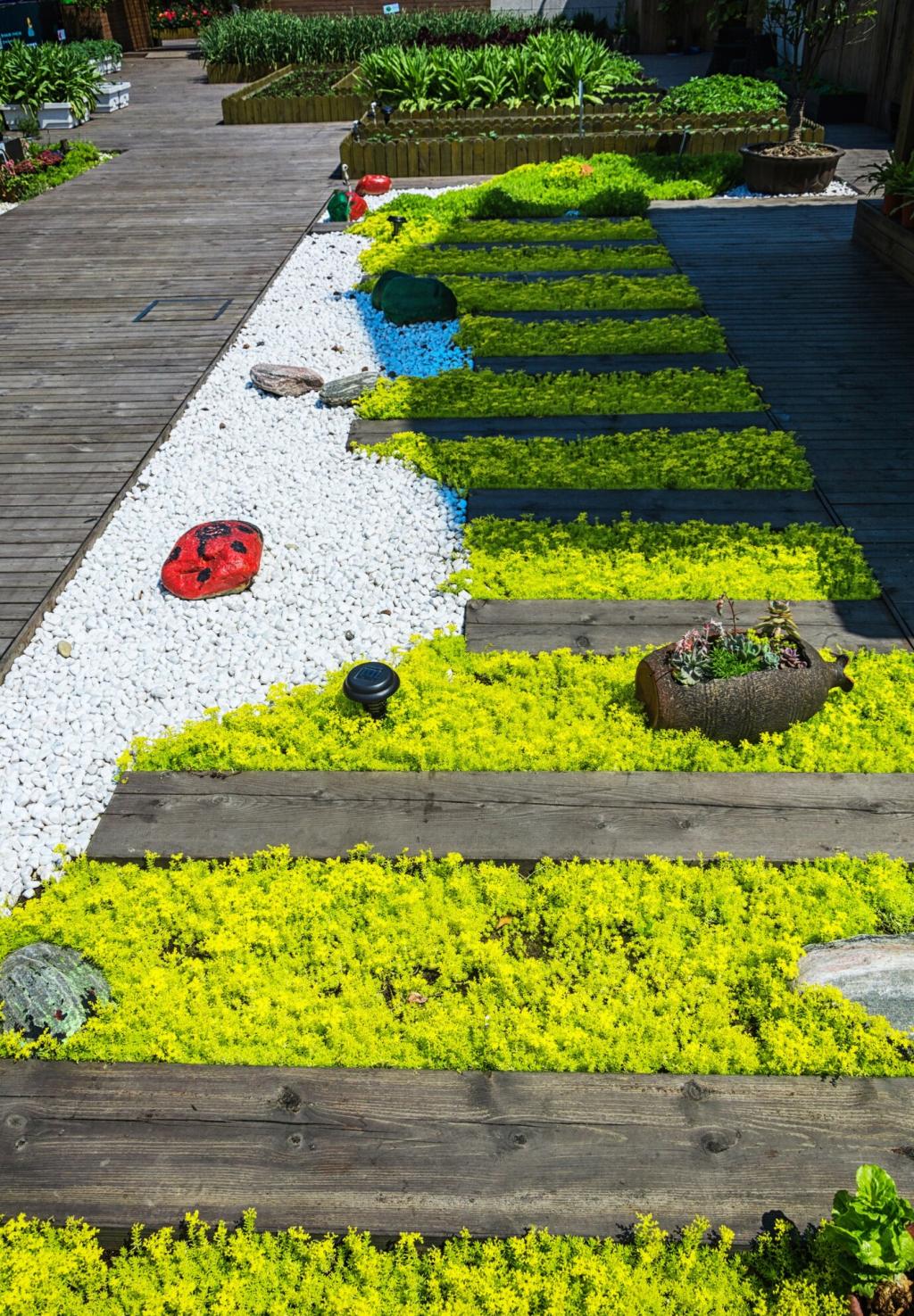Climate-Adapted Landscaping Practices: Gardens That Thrive Through Every Forecast
Selected theme: Climate-Adapted Landscaping Practices. Welcome! Discover how to design, plant, and care for outdoor spaces that stay beautiful and resilient through heat, drought, downpours, and surprise frosts. Stick around, subscribe for fresh ideas, and tell us your toughest climate challenge so we can grow smarter together.

Start With Your Microclimate
Walk the site at dawn, noon, and late afternoon, and note where shadows, glare, and gusts really land. A neighbor’s brick wall might mirror heat back at your beds, while a hedge funnels wind across a patio. Share your observations in the comments to compare notes.
Start With Your Microclimate
Healthy soil stores rain, moderates temperature swings, and buffers roots during drought. Test texture with a jar shake, add compost to improve structure, and protect it with living roots. Tell us your soil wins and fails, and subscribe to get our seasonal soil checklist.
Choose Plants Built for Extremes
Look for deep-rooted, summer-dormant, or silver-leaved species that handle lean water budgets. Group them by water needs, mulch well, and water deeply but infrequently to train roots. Drop your zip code in the comments, and we’ll suggest three region-ready candidates.
Trees can reduce ambient temperatures noticeably while shielding soil from scorch. Pair a high canopy with shrubs and living groundcover to cut evaporation and create habitat. Tell us your favorite shade-maker, and subscribe for our monthly layered-planting ideas.
For soggy spots, choose species that tolerate wet feet and use fibrous roots to knit soil. Combine them with rain garden basins to slow and sink stormwater. Share a photo of your wettest corner, and we’ll reply with plant pairings that soak it up.

Water Management That Works Hard
Drip with smart controls
Drip irrigation paired with weather-based controllers delivers water to roots while skipping rainy days. Zone by plant type, check emitters each season, and mulch over lines for efficiency. Comment with your current setup, and we’ll help you tune the schedule.

Design Moves for Resilience and Comfort
01
Shade, trellises, and reflected heat
Use deciduous vines on pergolas for summer shade and winter sun. Break up heat mirrors—glass, pale walls, and stone—using climbers or textured screens. Tell us where the glare hits hardest in your yard, and we’ll suggest materials that cool it down.
02
Windbreaks that calm the chaos
Plant layered hedgerows with staggered heights to slow gusts without creating turbulence. Position them perpendicular to prevailing winds and leave partial gaps for pressure relief. Share your wind direction and speeds, and we’ll brainstorm a living windbreak palette.
03
Permeable paths and breathing soils
Choose gravel, open-jointed pavers, or resin-bound aggregates to let water pass. Underlay with graded base and keep organic matter in adjacent beds to boost infiltration. Post a photo of your path area, and subscribe to receive our permeable build checklist.
Care Rhythms for a Changing Climate
A breathable mulch blanket stabilizes soil temperatures and slows evaporation during hot spells. Refresh it annually, keep it off trunks, and combine with compost for long-term structure. What mulch works best for you? Comment below and compare experiences.
Community, Policy, and Shared Learning
Check municipal rules on greywater, curb cuts, and rain barrels, then apply for rebates that offset costs. Policies change often—your feedback helps refine them. Comment with your city, and we’ll point you to current climate-smart landscape programs.
Community, Policy, and Shared Learning
Host a native seed swap or cutting exchange to expand climate-suited diversity on a budget. Pair it with a quick demo on drip repair or mulching. Tell us your event idea, and subscribe for our community organizer kit arriving in next month’s newsletter.

